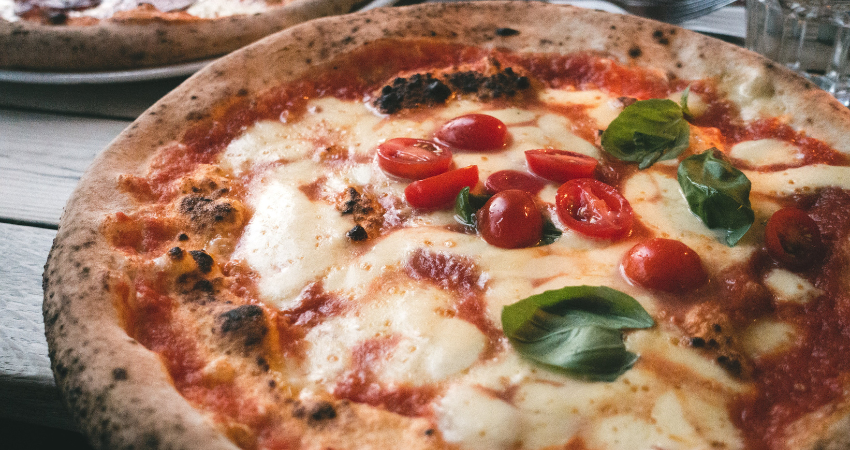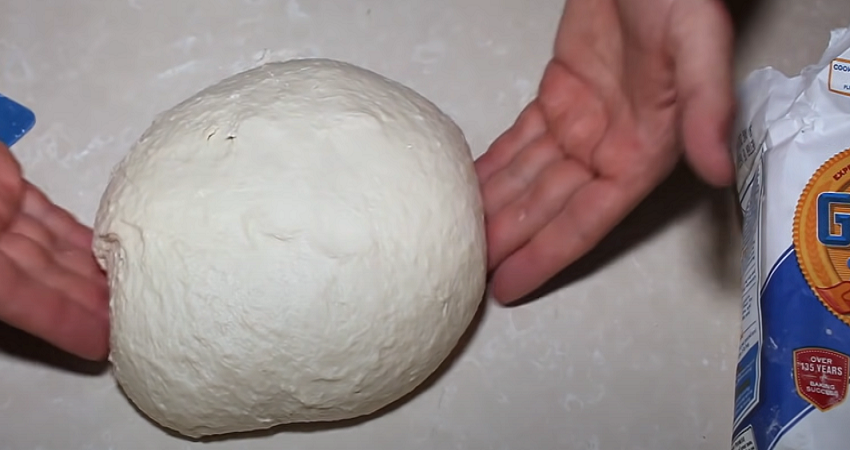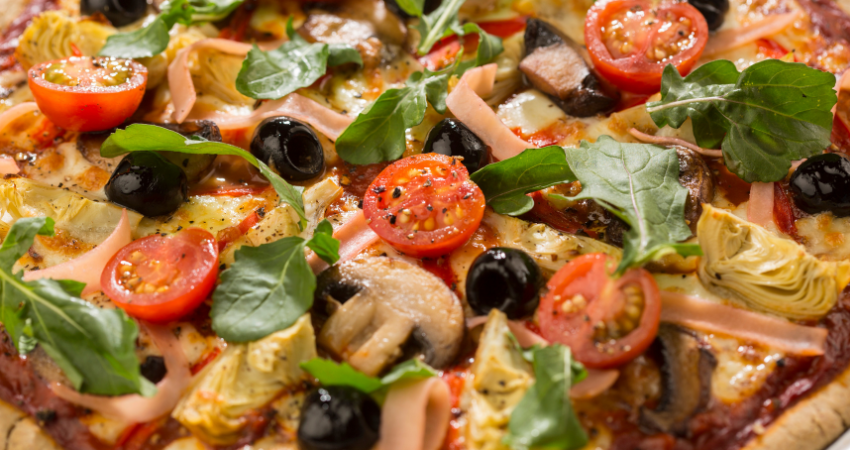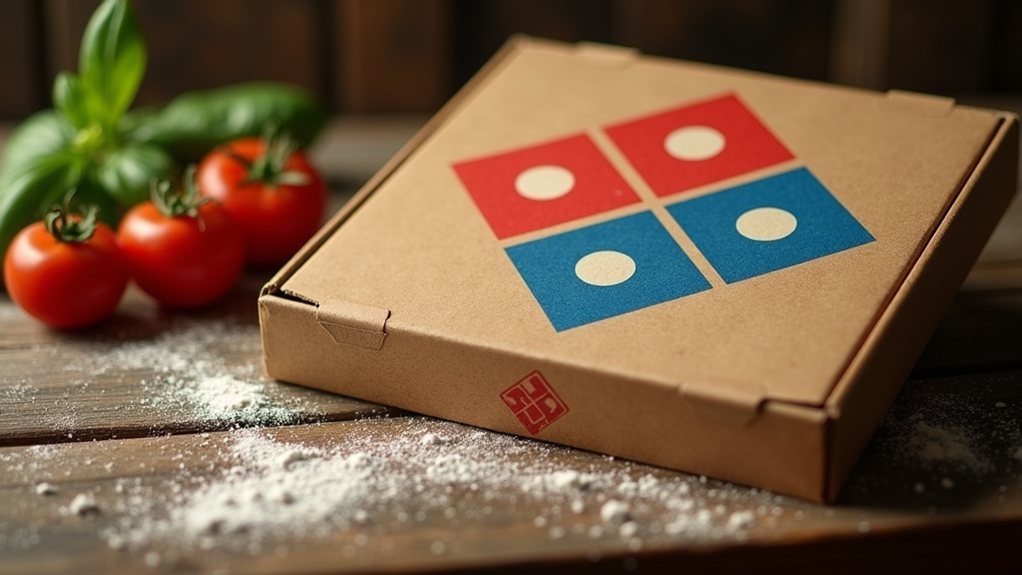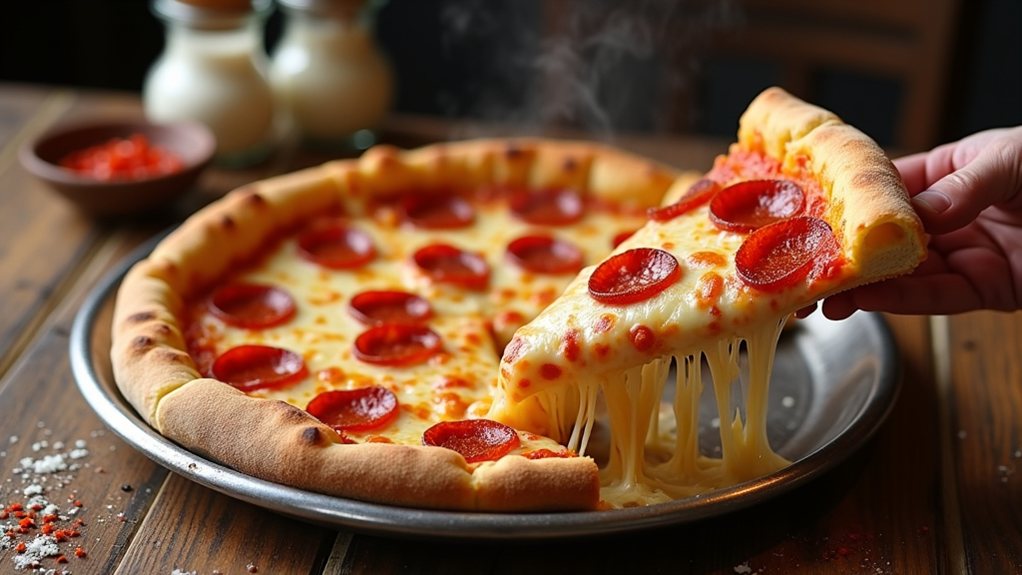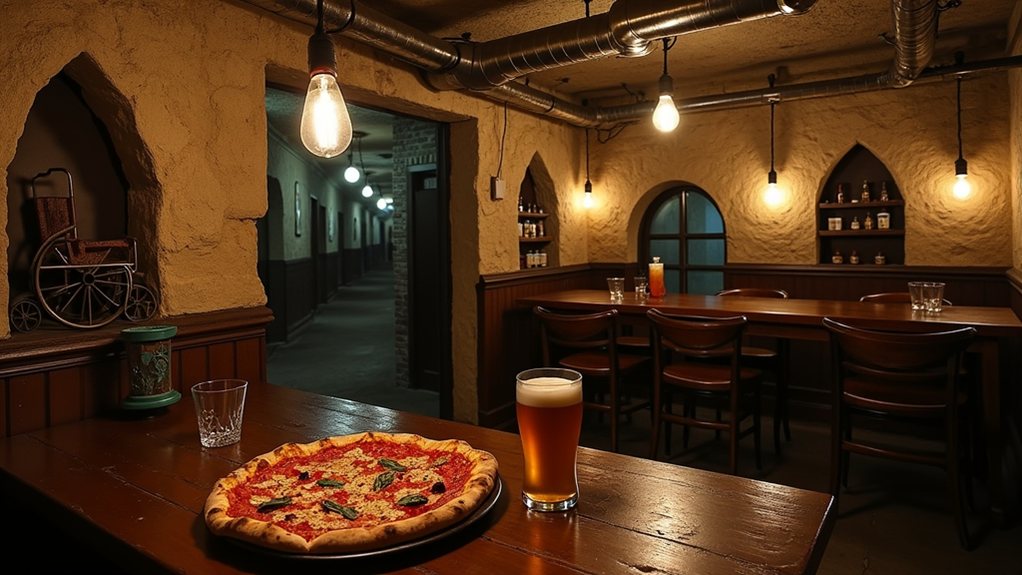Neapolitan pizza is not just a food; it’s a cultural phenomenon that has captured people’s hearts and taste buds worldwide. Originating in Naples, Italy, Neapolitan pizza is a traditional dish that embodies the essence of Italian cuisine.
Prepare to take a delicious journey as we delve into the beloved Neapolitan pizza style’s history, ingredients, characteristics, and cultural significance. You’ll learn all about what makes this pizza so delicious and iconic.
The Origin History of Neapolitan Pizza
Neapolitan pizza traces its roots back to Naples, a vibrant city nestled in the Campania region of Italy. It emerged in the 18th century as a popular street food among the working class. The simplicity and affordability of this dish made it a staple in the Neapolitan diet.
Cultural Importance in Italian Cuisine
Neapolitan pizza holds a special place in Italian culture, serving as a symbol of tradition and heritage. Its historical significance is recognized through its association with Naples and the region’s culinary traditions. Neapolitan pizza has become integral to Italian cuisine, reflecting Italians’ passion for food.
Authentic Preparation Methods
Adherence to traditional methods and techniques is essential to create an authentic Neapolitan pizza. The dough, made from a special type of flour, undergoes a slow fermentation process to develop its characteristic flavor and texture. The pizza is then baked in a wood-fired oven, reaching high temperatures that impart a distinct smoky aroma and a perfectly cooked crust.
Key Ingredients and Preparation of Neapolitan Pizza
Neapolitan pizza is all about using the finest ingredients to achieve an exceptional taste. San Marzano tomatoes, known for their sweetness and low acidity, are the base sauce. The cheese of choice is buffalo mozzarella, which adds a creamy and delicate flavor to the pizza. High-quality olive oil, fresh basil, and a pinch of sea salt complement the traditional Neapolitan pizza ingredients.
The Impact of High-Quality Ingredients
The quality of ingredients directly influences the taste and texture of Neapolitan pizza. Using San Marzano tomatoes and buffalo mozzarella ensures a harmonious balance of flavors. These ingredients, combined with the skillful craftsmanship of the pizzaiolo, elevate the pizza to a sublime culinary experience.
Dough Preparation and Baking
Neapolitan pizza dough requires precision and care. It is made using “00” flour, which has high protein content and fine texture. The dough is hand-stretched into a thin, slightly elastic base, providing the foundation for the toppings. Baking in a wood-fired oven, with its intense heat and even distribution, imparts signature leopard-like spots and unique charred edges to the crust.
Distinctive Characteristics and Features of Neapolitan Pizza
Neapolitan pizza stands out with its characteristic thin and soft crust. The crust balances chewiness and crispness, while the slightly charred edges add a smoky flavor. The focus is on simplicity, with minimal toppings that allow the flavors of the ingredients to shine through.
The Flavors That Speak for Themselves
Neapolitan Pizza’s minimalist approach highlights the natural taste of each ingredient. The San Marzano tomatoes bring a subtly sweet acidity, complemented by the creamy and tangy buffalo mozzarella. The harmony of flavors is a testament to the simplicity and purity of Neapolitan pizza.
Cultural and Historical Significance
The specific characteristics of Neapolitan pizza reflect Naples’ cultural and historical influences. The pizza’s thin crust and minimal toppings can be traced back to the working-class origins of the dish, where affordability and simplicity were key. These features have endured, becoming a beloved tradition representing Neapolitan culinary heritage’s essence.
Neapolitan Pizza Culture and Tradition
Communal Dining Experience
Neapolitan pizza is not just about the food; it is a cultural experience that brings people together. In Italy, pizza is often enjoyed in a communal setting, where friends and family gather around a table to share the joy of savoring a freshly baked Neapolitan pizza. This tradition fosters a sense of connection and conviviality.
Pizzaiolos and Their Craftsmanship
The art of making Neapolitan pizza is passed down through generations of pizzaiolos, who dedicate their lives to mastering the craft. These skilled pizza makers have honed their techniques and acquired a deep understanding of the dough, ingredients, and oven. Their expertise ensures that each Neapolitan pizza is prepared with care and precision.
UNESCO Recognition
The cultural significance of Neapolitan pizza was officially recognized in 2017 when it was added to the UNESCO Intangible Cultural Heritage list. This recognition highlights the importance of preserving and celebrating the unique cultural heritage associated with Neapolitan pizza, safeguarding its traditions for future generations.
Global Influence and Popularity Spreading Beyond Italy
Neapolitan pizza has transcended borders and gained popularity worldwide. Pizzerias specializing in this traditional style has emerged in various countries, bringing the authentic flavors of Naples to new audiences. The universal appeal of Neapolitan pizza lies in its simplicity and the ability to evoke a sense of nostalgia and comfort.
Impact on the Global Pizza Industry
The rise of Neapolitan pizza has had a profound influence on the global pizza industry. Its emphasis on high-quality ingredients, traditional preparation methods, and attention to detail has inspired a new wave of pizza-making techniques. Neapolitan pizza has become a benchmark for excellence and craftsmanship in the pizza world.
Shaping Pizza Culture
The popularity of Neapolitan pizza has shaped contemporary pizza culture, influencing not only traditional pizzerias but also modern interpretations of pizza. Its legacy can be seen in the appreciation for artisanal pizzas, the exploration of regional Italian flavors, and the celebration of simple, high-quality ingredients.
Conclusion
Neapolitan pizza is a timeless culinary masterpiece cherished for its rich history, authentic flavors, and cultural significance. From its humble origins in Naples to its global influence, Neapolitan pizza has captured the hearts and palates of people worldwide. Its thin and soft crust, minimal toppings, and emphasis on high-quality ingredients entice pizza lovers to seek an unforgettable dining experience. As we celebrate the enduring legacy of Neapolitan pizza, let us savor each slice and appreciate the craftsmanship, tradition, and passion that make it one of the most beloved types of pizza in the world.
How to Make the Perfect Neapolitan Pizza

Ingredients
- 500g flour (Tipo 00)
- 325g water
- 10g salt
- 2g yeast
- San Marzano tomatoes
- Fresh mozzarella cheese
- Fresh basil
- Olive oil
Instructions
- Mix the flour, water, salt, and yeast in a large bowl.
- Knead the dough for 10 minutes until it becomes smooth and elastic.
- Cover the dough with a damp cloth and rest for at least 4 hours.
- Preheat the oven to 450°F.
- Roll out the dough to a thickness of about ¼ inch.
- Spread the tomato sauce evenly on the dough.
- Add the mozzarella cheese and fresh basil.
- Drizzle olive oil on top.
- Bake for 10-12 minutes until the crust is golden brown and the cheese is melted.
- Slice and serve hot.
Neapolitan Pizza FAQs
Is Neapolitan pizza only made with tomato sauce and cheese?
No, while traditional Neapolitan pizza is made with simple toppings, variations with additional toppings can be found.
Can I use regular flour instead of Tipo 00 flour?
It is recommended to use Tipo 00 flour for the best results.
Can I make Neapolitan pizza in a regular oven?
Yes, a regular oven can be used to make Neapolitan pizza. However, using a pizza stone or a baking sheet is recommended to simulate the heat of a wood-fired oven.
How long does it take to make the dough?
The dough should rise for at least 4 hours, but it can also be left overnight in the refrigerator for a slower rise and more complex flavors.
What is the difference between Neapolitan pizza and other types of pizza?
Neapolitan pizza is known for its thin crust, fresh ingredients, and simple yet savory flavors. Other types of pizza may have a thicker crust, different sauces, and more varied toppings.
